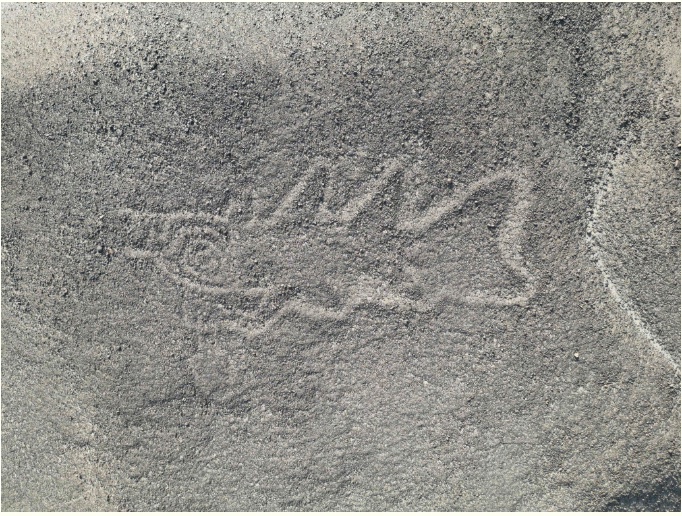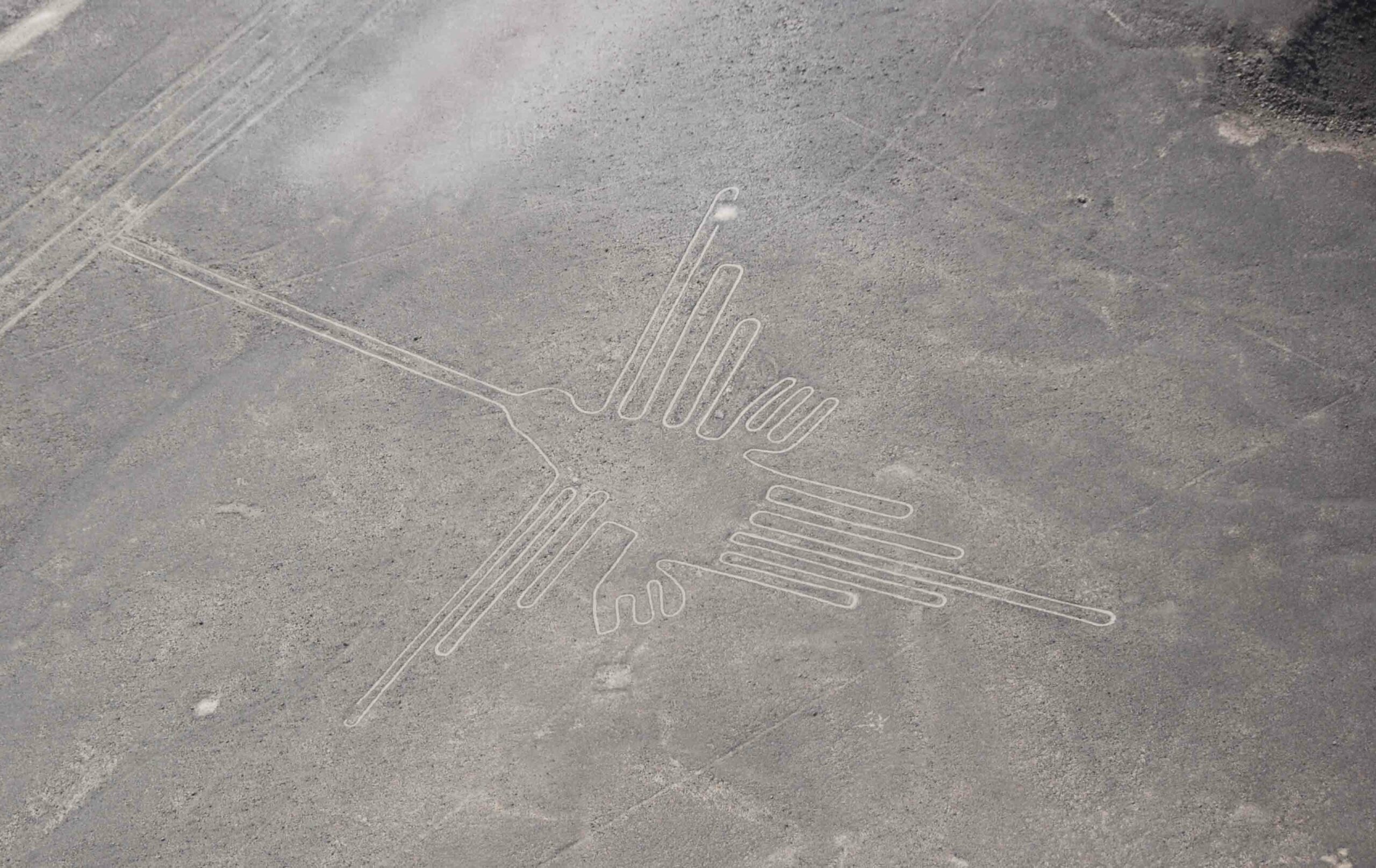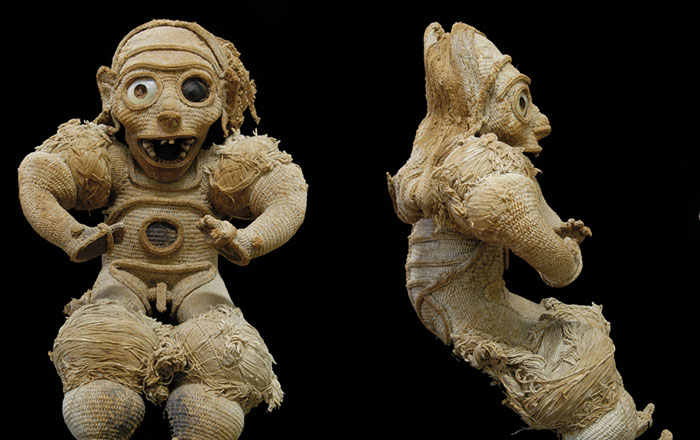
LIMA, PERU—The Guardian reports that more than 300 geoglyphs have been discovered near Peru’s Nazca Lines with artificial intelligence (AI) and low-flying drones over a period of just six months. “The use of AI in research has allowed us to map the distribution of geoglyphs more quickly and accurately,” said archaeologist Masato Sakai of Yamagata University. These glyphs depict parrots, cats, monkeys, killer whales, llamas, alpacas, abstract humanoids, and humans holding decapitated heads. The figures measure between about 10 and 20 feet across, making them much smaller than those found on the Nazca plateau. “We can say that these geoglyphs were made by humans for humans, they often show scenes from everyday life,” added Johny Isla, Peru’s chief archaeologist for the Nazca Lines. “Whereas the geoglyphs of the Nazca period are gigantic figures made on mostly flat surfaces to be seen by their gods,” he explained. The newly discovered images, dated to 200 B.C., could offer new information about the transition from the Paracas culture to the Nazcas, the researchers concluded. Read the original scholarly article about this research in Proceedings of the National Academy of Sciences. To read about archaeologists' documentation of a feline Nazca geoglyph, go to "Cat's Eye View."











